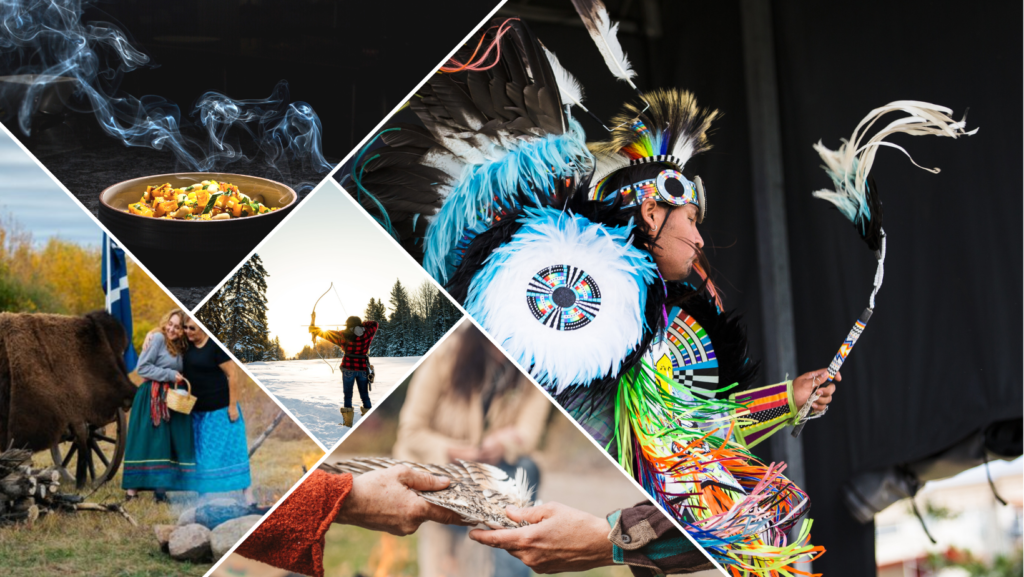
Indigenous Tourism Alberta- Best Practice Case Studies
The Indigenous tourism industry is rapidly growing in Canada as more people seek out authentic, meaningful experiences when they travel. The growth of the industry is also a result of the organized efforts by Indigenous communities and leaders who are actively creating opportunities in the sector. The first Indigenous tour operators learned through trial and error, eventually developing strong businesses that utilize the best practices to honor Indigenous traditions and culture. As more communities and individuals become involved in the tourism industry, there are opportunities to build Indigenous businesses that utilize this acquired knowledge to build a growing and thriving industry built on the best management practices.
This case study examines the following best practices:
Succession Planning and Youth Engagement
Community involvement
Cultural Sustainability and authenticity
Environmental sustainability
Indigenous employment
Diversification of revenue streams
Reciprocal relationships
The best practices examined are defined as follows:
Community involvement is the active involvement of the community in the planning, development, and execution of the tourism business. This may be done through community planning sessions or in the way the tourism business gives back to the community. When there is community involvement, the community is supportive of the business operation and celebrates its success. The most important step in developing grassroots tourism is to involve community members and invite them to share their insights, ideas, and opinions. This includes Elders, Youth, and everyone in between. Open, transparent dialogue from the beginning instills community pride and ownership and assists with creating a collective voice for tourism in a community. The information gathered from engaging the community forms the foundation for growing the local tourism industry. Community involvement ensures that tourism supports local entrepreneurs and is developed responsibly and sustainably.
Cultural sustainability involves maintaining cultural beliefs and cultural practices and cultural authenticity is the accurate representation of culture. Indigenous tourism allows for Indigenous people to make a living through practicing their traditional ways. It actively promotes and fosters cultural connection and teaching of culture.
Environmental sustainability is responsibly interacting with Mother Earth to maintain natural resources and avoid jeopardizing the ability for future generations to meet their needs. The United Nations (UN) World Commission on Environment and Development, defines environmental sustainability as acting in a way that ensures future generations have the natural resources available to live an equal, if not better, way of life as current generations.
Succession planning and youth engagement is an important benefit of Indigenous tourism. Through Indigenous tourism, communities and individuals can reconnect and pass on culture to younger generations. It provides opportunities for intergenerational learning and bridging the gap between Elders and youth. This revitalizes Indigenous ways of knowing, doing and being and can help teach the next generation. It also ensures the continuity of traditional knowledge into future generations by creating demand and assigning value to it.
Indigenous employment opportunities can be generated through Indigenous tourism businesses. Authenticity in Indigenous Tourism is ensured through the active involvement of Indigenous peoples. It is important to maintain authenticity through hiring practices and training of Indigenous employees.
Diversification of revenue streams is a wise practice for any business. Putting all your eggs in one basket can be problematic. COVID forced many businesses to diversify their revenue streams and this has made them more resilient in times of economic fluctuation. Tourism in Canada is seasonal, with the majority of visitation happening in the summer months. Diversifying revenue streams, it will help keep your business afloat during the non-peak season.
Reciprocal relationships can have far-reaching benefits and can help a business to grow. Reciprocity is the practice of exchanging things with others for mutual benefit. Developing partnerships and agreements with other companies and organizations can help a business have a stronger voice, save money on marketing and advertising, find more business opportunities, and work with others to grow an industry for the benefit of all.
